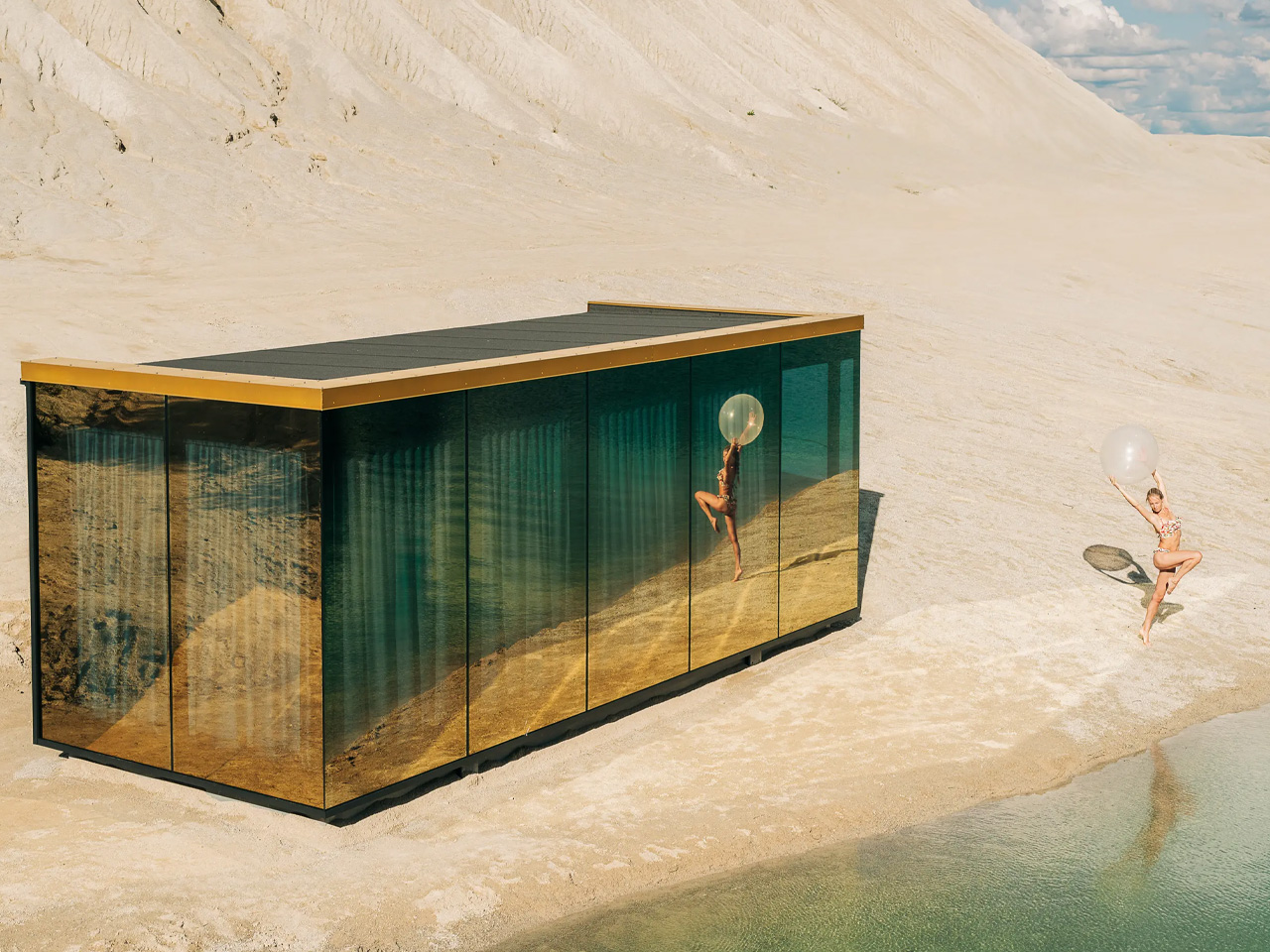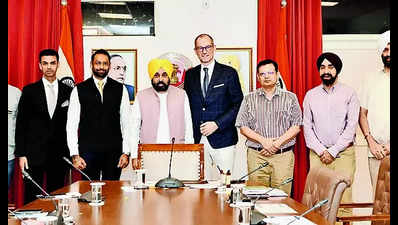Long Market and Neptune's Fountain in gorgeous Gdansk Jim at The Solidarity Museum Explore Gdansk’s Nautical Museum Sopot Beach in Poland Visitors told me Gdansk in Poland was a lovely city but I was amazed at just how beautiful it was. For readers of a certain vintage the name still conjures up visions of striking shipyard workers led by Lech Walesa and his Solidarity trade-union in the 1980s. They were fighting for freedom against a totalitarian government after decades of repression.
The city on the Baltic coast had already suffered a brutal and tragic history, being invaded by the Nazis at the start of World War II in 1939 and then decimated by Russian shelling as the Soviet power pushed back the Germans at the end of the war in 1945. Allied bombing also added to the carnage. Jim at The Solidarity Museum Nearly ninety per cent of its old town buildings were destroyed.

Then came the bleak years behind the Iron Curtain. Today, Gdansk could not be more different from the images that were beamed around the world forty years ago. Freedom has brought prosperity.
The old sections of the Main Town have been rebuilt in the same glorious, gothic-renaissance style, the streets are filled with tourists and there is a proliferation of bars, restaurants and luxury hotels around the city. The famous shipyards are still operating with the addition of a wonderful museum and library dedicated to Solidarity, a union which grew into a ten million strong freedom movement for the whole country. Nobel Peace Prize winning Lech Walesa, who became the country’s first president after the collapse of communism, even has an office here and can still be seen occasionally wandering its halls at the age of 80.
A popemobile used by Polish Pope John Paul is on display, along with a sinister police vehicle used to seize striking dock workers. A police interrogation room has also been recreated. In the city itself stunning architecture sits side by side with medieval towers, part of the city’s rich history.
Gdansk has one of the world’s biggest redbrick churches, St Mary’s, which dates from the 15th century and can hold 25,000 people, and the largest medieval crane still in existence where ten men used to walk inside each of two giant wheels which lifted cargo on and off boats on the Motlawa River Beautiful spires, like that of the Town Hall, demand your attention and the sun literally glistens off the magical Armoury building. The old prison, once a gateway to the city where executions took place in medieval times, is filled with little shops. Tourism now makes up a major part of the economy of this city of nearly half a million people.
Our arrival coincided with the annual Mystic Festival for heavy metal lovers and the city was filled with leather and black-clad rock fans who mixed easily with locals before heading for the harbour stage. We also bumped into stag parties from Scotland and Norway. But turn a corner and there are haunting reminders of what Gdansk went through during the last war.
Explore Gdansk’s Nautical Museum We stumbled into one quiet square where there is a mural of brave post office workers being lined up against a wall by German soldiers. A modern piece of art records fingerprints in the wall where they stood before they were all executed for resisting the invasion. For history aficionados, the Museum of the Second World War could keep you engaged for a whole day.
But holidays are for fun and a great way of exploring the city is from the water. We chose a cruise on an old-style galleon and not surprisingly it was packed with children. The 90-minute tour started in the city centre and passed through the docks to the Westerplatte Peninsula which was where the Germans invaded on the very first day of World War II.
If you have time there is a museum and a monument dedicated to the men who fought off the Nazis for a week before running out of ammunition. Other monuments in the city include the Soviet-era Monument for the Defenders of the Polish Post Office and the giant Three Crosses Monument dedicated to those who died in a shipyard massacre of 1970. But the most famous statue in Gdansk is a 17th century sculpture of Neptune in the main street which has become the city’s emblem.
Sopot Beach in Poland Other major attractions include Artus Court, the former seat of the grain exchange, now part of the Museum of Gdansk; the National Maritime Museum, including the tanker Soldek berthed outside its front door; and the Amber Museum dedicated to the transparent rock native to the Baltic area, including the largest piece ever found at 68.2kg. The museum is found in an old mill, once the biggest of its kind in medieval Europe.
For those who want a day away from the summer heat of the city, a trip to the plush seaside resort of Sopot is welcome. A famous health resort, it is lined with cafes and art galleries and is a great place to swim with two sandy beaches. Just 14km north of Gdansk it has the longest wooden pier in Europe stretching 511.
5m. Still further north is Gdynia and the three cities together form the Tricity metropolitan area with a population of over one million. A modern city, Gdynia too has a harbour and sandy beaches where locals flock in the summer.
It is also blessed with the Emigration Museum, where you discover that Poland also suffered the potato blight which caused the Irish Famine. There are many similarities between the two countries and it makes a fascinating visit. While in Gdansk we stayed in the trendy four-star Arche Dwór Uphagena, once a hospital, now a minimalist hotel with industrial design décor.
Great places to eat in Gdansk include fish restaurant Zafiszowani, Kubicki, the brewery Brovarnia and on the waterfront, Maniera. In Sopot, Fisherman restaurant is great and in Gdynia Butchery & Wine is a gem. ■ For more info on Gdansk log on to visitgdansk.
com ■ Sopot: visitsopot.pl ■ Gdynia: gdynia.pl ■ For information specific to the Pomerania Region see pomorskie.
travel/en ■ Hotel: archedworuphagena.pl/en ■ Restaurants: pomorskie-prestige.eu/en ■ Galleon cruise: galeony.
pl/en ■ European Centre of Solidarity: ecs.gda.pl ■ Emigratiom Museum: polska1.
pl.


















